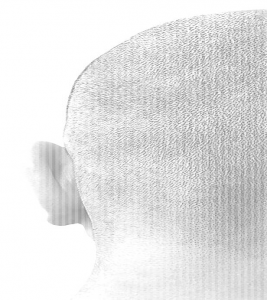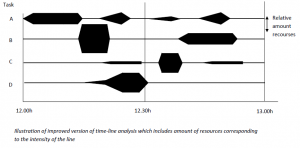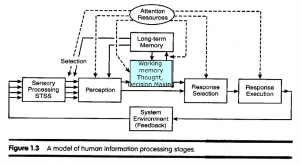Assignment DG303 – Human Processes 1
Link to OWinfo:
Feedback:
Attachments:
Reflection:
The assignment Human Processes 1 expanded my design-relevant knowledge about human processes or understanding the user, in particular with respect to cognitive processes/human information processing. The assignment provided me the basics concerning human information processing, capabilities and limitations. This knowledge is important while designing interactive systems or products. During this assignment I increased my awareness concerning the focus and understanding of the user. This assignment made me aware of human information processing in a human-system interaction.
During the assignment we discussed the several topics in the domain of cognitive psychology. I learned the principles of how people process information. Information is first being filtered, and then perceived and processed. All these tasks are depending on the total amount of attention resources, as shown in the right picture. Moreover I got insight on what the cognitive aspects are of time-sharing. People who are doing multiple tasks simultaneously, like car driving and calling, cannot spend all their resources on a single task. They divide their resources over the tasks, depending on their priorities. I also became aware that human performance often depends on accurate perception of distance, extent and depth (analog perception) of a visual or illustration. Furthermore in order to facilitate perception and understanding spatial relations I have to be aware of the fact that the choice of the graph depends on the task. Also the pictorial realism, moving parts, depth perception and display ambiguity are important principles to take in mind while designing a graph. In addition I became aware that people navigate different though real space as they do in virtual space. Concerning a user in a space it is important to maintain the global view. Also the compression of texture, divergence/convergence of perspective lines, optical flow, global optical flow, “time-to-contact” (tau) and “edge rate” are important to navigate through a space. There are different frame of references available from egocentric to exocentric. However there is a better performance with egocentric representations. Also the use of spatial metaphors can assist the user to navigate through a virtual space (as mentioned in the ‘Gooey: soft and sticky‘ assignment too). The time-line analysis is a helpful tool to plot information of relative workload based on a period of time.Furthermore I became aware of psychological issues in automation. Adaptive automation is also a way to let the user and product work together. 
In the end I became aware that cognitive psychology is a very interesting issue to be aware of for me as a designer. Within the competency User Focus, I should acquire knowledge about designing interactive systems, about methods for doing user research, and about users. The assignment Human Processes 1 deals with users. The assignment enabled me to tune my designs to the cognitive abilities and limitations of the user. I acquired insight into models of human information processing, findings from experiments, and can apply this knowledge to solve concrete problems. Furthermore (combined with the ‘Gooey: soft and sticky‘ assignment) I got awareness where to focus on while designing graphs or illustration for the user. I also got awareness on measuring the workload of the user. I can apply this knowledge in order to get a better understanding of the cognitive processes of the user while using a product.
